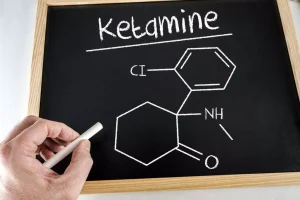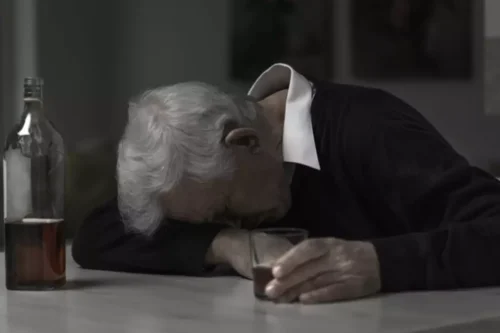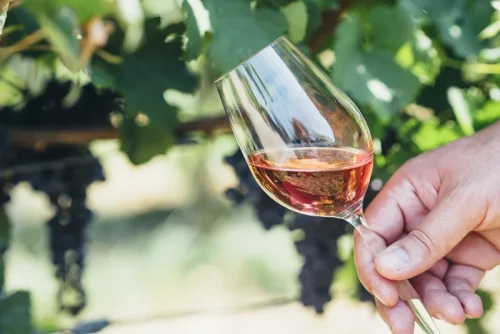Alcohol misuse Treatment
July 2, 2021

We first provide an overview of the development of abstinence and nonabstinence approaches within the historical context of SUD treatment in the U.S., followed by an evaluation of literature underlying the theoretical and empirical rationale for nonabstinence treatment approaches. Lastly, we review existing models of nonabstinence psychosocial treatment for SUD among adults, with a special focus on interventions for drug use, to identify gaps in the literature and directions for future research. We identify a clear gap in research examining nonabstinence psychosocial treatment for drug use disorders and suggest that increased research attention on these interventions represents the logical next step for the field.
Models of nonabstinence psychosocial treatment for SUD

By default, the data for France is shown – in recent decades, here, the share of beer consumption increased to make up around a fifth of alcohol consumption in France. Drug use disorders are often classified within the same category as mental health disorders — research and data on mental health can be found on our topic page here. Adi Jaffe, Ph.D., is a lecturer at UCLA and the CEO of IGNTD, an online company that produces podcasts and educational programs on mental health and addiction. AA began in 1935 when two men in Akron, Ohio, were searching for a way to stay sober; they found it by forming a support group. They later developed the 12 steps, the first being accepting one’s inability to control drinking; the last, helping others sustain sobriety by becoming a sponsor of a new member. The AA model — open to all and free — has spread around the globe, and AA now boasts over 2 million members in 180 nations and more than 118,000 groups.

Theoretical and empirical rationale for nonabstinence treatment
We focus our review on two well-studied approaches that were initially conceptualized – and have been frequently discussed in the empirical literature – as client-centered alternatives to abstinence-based treatment. Of note, other SUD treatment approaches that could be adapted to target nonabstinence goals (e.g., contingency management, behavioral activation) are excluded from the current review due to lack of relevant empirical evidence. The choice between harm reduction vs. abstinence is most often made by an individual after careful reflection and introspection. Are you someone who likes to ease into things, or do you prefer an all-or-nothing approach to change?

The Two Approaches
Ours is a “no excuses” program, we are responsible for our decisions and behaviors; we have a choice. There is a feeling of freedom that results from this commitment where one does not feel hopeless or without choices. Combined with a consistent and aggressive disputing of urges to use, most find their messages to use either decrease to nothing or become infrequent and easily handled.
Mindful Drinking vs. Moderate Drinking
Although not quite reaching statistical significance (i.e., less reliable results due to the study’s smaller sample), the High group had a greater reported family history of drinking and other drug problems (5 vs. 5 for Low and Moderate vs. 8 for High). The relationships between substance use status and indices of well-being are reported in Table 3. Participants were asked about their substance use history; specifically, which drugs alcohol abstinence vs moderation they used ten times or more times in their lifetime. Substances included, ‘alcohol’, ‘marijuana’, ‘cocaine’, ‘heroin’, ‘narcotics other than heroin’, ‘methadone’, ‘buprenorphine’, ‘amphetamines’, ‘methamphetamine’, ‘benzodiazepines’, ‘barbiturates’, ‘hallucinogens’, ‘synthetic marijuana/synthetic drugs’, ‘inhalants’, ‘steroids’, or ‘other’. Data were collected by the survey company GfK, using a probability sampling approach.

Abstinence Vs. Moderation Management: Success and Outcomes
But alcohol misuse is not a one-size-fits all problem, and neither is its solution. The chart shows direct death rates (not including suicide deaths) from alcohol use disorders across the world. The death rates are typically higher in Eastern Europe and lower in North Africa and the Middle East. https://ecosoberhouse.com/ The breakdown of alcohol use disorders by gender for any country can be viewed here; the majority of people with alcohol use disorders – around three-quarters – are male. When we look at national averages in this way, there is no distinct relationship between income and alcohol consumption.
- We would like to thank the participants who spoke to us about their experiences of drinking during lockdown, and the peer reviewers for their feedback on an earlier iteration of this article.
- The results of the Sobell’s studies challenged the prevailing understanding of abstinence as the only acceptable outcome for SUD treatment and raised a number of conceptual and methodological issues (e.g., the Sobell’s liberal definition of controlled drinking; see McCrady, 1985).
- By doing so, you may even identify triggers that cause you to drink—for example, certain social situations, stress from work, or even boredom.
- This chart is shown for the global total but can be explored for any country or region using the “Change country or region” toggle.

